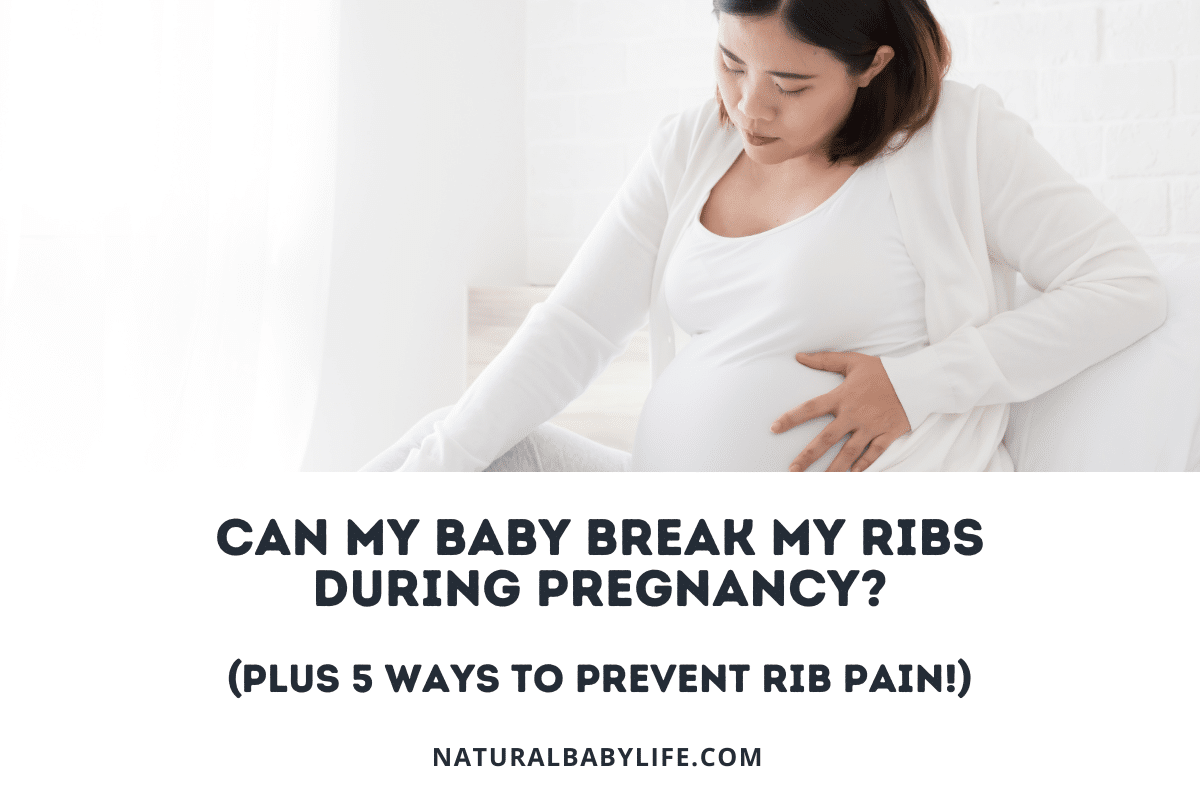Every woman has her own unique labor experience, and it is different with each pregnancy. It can be difficult to tell when you are actually in labor, especially if you are a first-time mom. You are likely wondering how you will know your labor has started, what sensations you will feel, and how you will know when it’s time to go to the hospital or birthing center or call your midwife if you’re having a home birth.
When counting labor hours, it is most accurate to include the time from the beginning of active labor until the birth of the baby. Although a mother may be experiencing significant pain during the pre-labor and transitional periods, active labor is generally considered to have begun when contractions start to come regularly 3 to 4 minutes apart.
While every woman experiences labor differently, there are some common body sensations and physical changes that most women will go through before entering active labor. Knowing how your labor could potentially start and progress will help set your mind at ease and prepare you for the start of labor and the arrival of your baby.
Table of Contents
When does labor technically start?
If you ask three people when labor starts you will probably get three different answers and they all might be correct!
Still, let’s try to find the most accurate and helpful way to measure labor.
Many people think labor starts when the baby drops, when a woman’s cervix begins to dilate, when a woman loses her mucus plug, or when her water breaks. While these can all signal that a woman’s body is preparing for childbirth, they are not necessarily indicative of the beginning of labor. What we traditionally think of when we think of labor is known as active labor.
Typical Labor Progression
The progression of labor starts with early labor, progresses to active labor, and then transitional labor. Then, it is time to push and the baby makes its way down the birth canal. After the baby is born, the placenta is delivered.
Early Labor
During early labor, you may not even realize you are in labor! The signs and sensations of early labor can be subtle and vary by person. Early labor can last anywhere from a few hours to a couple of weeks.
Signs of early labor include abdominal cramps that potentially feel like menstrual cramps, a sore back, heartburn (or more heartburn than usual), abdominal and pelvic pressure, and mild contractions without a discernible pattern.
You may lose your mucus plug, also known as “the bloody show,” during early labor. While it’s possible your water might break, this usually happens during a later stage of labor.
During early labor, your cervix is dilating (opening) up to 3 centimeters, and it’s also thinning out, which is known as effacement. This will later allow for the baby to pass from the uterus, through the cervix, and into the birth canal.
Active Labor
This stage of labor is more intense and you are likely uncomfortable. By now, you are probably at the hospital or birth center, or you’ve alerted your midwife if you plan to give birth at home. At this point, you may request pain relief.
Signs of active labor include longer and more intense contractions that are approximately 3-4 minutes apart and hard to talk through, stronger backache, tiredness, and if you haven’t lost your mucus plug or if your water didn’t break in early labor, these things may happen now. During active labor, your cervix dilates to the 7-centimeter mark, and it continues to thin out in preparation for childbirth.
Active labor generally lasts from 2-4 hours, although it can be quicker, especially for women who have given birth before. Likewise, some women will spend 6+ hours in active labor.
Transitional Labor
This is the most intense stage of labor, and you will likely experience very strong contractions that last up to 90 seconds that are approximately 2 minutes apart. If you have been given an epidural or other type of pain relief, you may not feel the transitional labor sensations, or they may be diminished.
Signs of transitional labor include a sensation of intense pressure in the back or perineum, rectal pressure, upset stomach/vomiting, tiredness and exhaustion, and the urge to push. You may also feel like you need to have a bowel movement.
During transitional labor, your body is readying itself for the baby to come down the birth canal. Your cervix will dilate to 10 centimeters and it will become fully effaced.
Does labor start when the baby drops?
While the sensation and visual signs of the baby dropping in the mother’s abdomen is an indicator that a woman’s body is getting ready for labor, it is not a sign of active labor.
The sensation of the baby dropping can feel odd, especially to first-time moms. For months, your baby likely sat higher up in your abdomen, and when it drops, it can feel strange and unsettling. If you notice that your baby isn’t moving as much, or if you have other concerns, you should always contact a medical professional for guidance.
When the baby drops, you may find that you have less acid reflux and that you can breathe a little easier, which is very welcome at the end of pregnancy! Unfortunately, you may also experience increased pressure on your bladder (you may even have mild incontinence) and pelvis, and you may develop the “pregnancy waddle” when you walk.
Even though this is not a sign of active labor, it’s still a sign that your body is preparing for childbirth.
Does labor start when you dilate?
It’s a common assumption that dilation equals the beginning of labor. During early labor, a woman’s cervix often begins to dilate.
A woman can be dilated 1-2 centimeters for days or weeks before active labor starts, or not even at all until active labor begins. While dilation is one way a woman’s body prepares for childbirth, dilation alone is not an indicator of labor.
Throughout a woman’s labor, her cervix will continue to dilate, or open, as labor progresses. Once a woman’s cervical dilation reaches 10 centimeters and is fully effaced, she is ready to push and deliver her baby.
Does labor start with the loss of the mucus plug?
The mucus plug is a protective collection of mucus inside the cervix that prevents bacteria and other potential causes of infection from entering the uterus. Losing your mucus plug is sometimes referred to as “the bloody show” since it is often blood-tinged. It can be startling for first-time moms, but it’s just one more way in which your body is preparing for childbirth, and it’s completely normal!
While losing your mucus plug is another sign that your body is gearing up for childbirth, it is not a sign of active labor. Some women lose their mucus plug a week before labor begins, and others don’t lose their mucus plug until they reach the active labor stage.
If you are worried about the amount of blood that appears when you lose your mucus plug, connect with your healthcare professional.
Does labor start when water breaks?
Despite what Hollywood would have you believe, not all women have their water break at the start of labor.
A woman’s water, otherwise known as amniotic fluid, is contained in the amniotic sac. This sac and the fluid within it protects the baby as it grows. It can break at any time from the very beginning of labor to the very end of labor.
If your water breaks and you do not begin having contractions you need to go to your hospital or birthing center, or call your homebirth midwife right away, as you may need medicine to kickstart your contractions and the labor process. This is called Premature Rupture of Membranes (PROM), and if it occurs before the 37th week of pregnancy (when a baby is considered full-term), it is called Preterm Premature Rupture of Membranes (PPROM). Both conditions require prompt medical attention and monitoring of both mother and baby.
If the amniotic fluid has a brown or greenish color, this indicates the presence of meconium, the baby’s first bowel movement, and you and your baby should be monitored carefully by a medical professional to avoid complications such as Meconium Aspiration Syndrome (MAS).
Counting Labor Hours
Now that you have learned about the stages of labor, as well as some common misconceptions about when labor begins, you are likely curious about when to start counting labor hours. Every woman’s pregnancy and childbirth experience is unique, and that includes what she considers labors hours, and when she begins counting them.
Although each labor is different, we do often seek to make comparisons to others’ experiences or scientific benchmarks. When either looking back on your child birthing experience or trying to plan for what’s coming, your best bet is to count labor hours beginning with the start of active labor.
Regardless of when you start counting labor hours, you will likely feel a mix of excitement, joy, anxiety, and perhaps fear about labor when it begins for you. These are all normal emotions whether this is your first time giving birth or whether you’ve done it many times before. Try to relax, use any breathing techniques or visualization skills you may have learned, and ask for support and help from your partner and medical professionals.
After 9 long months, you will soon be meeting your baby!










